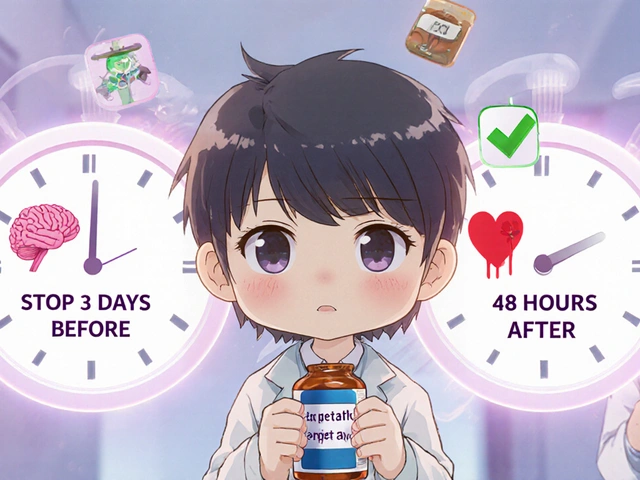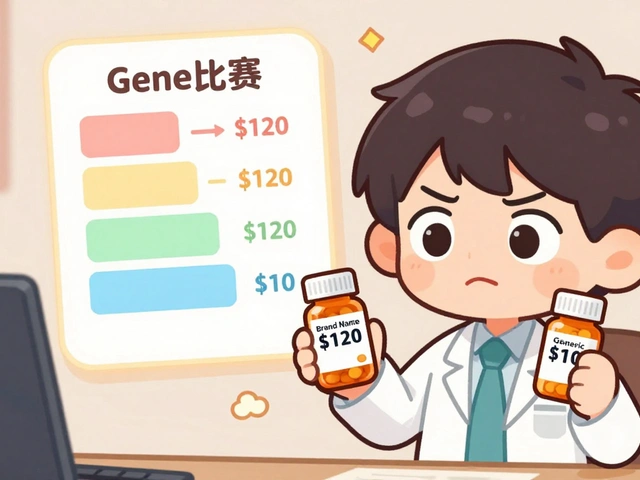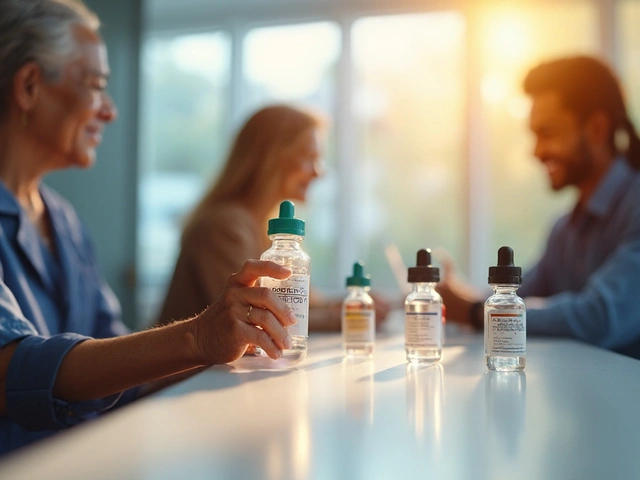Understanding Antibiotic Resistance and Its Impact
Antibiotic resistance happens when bacteria change and no longer respond to the medicines designed to kill them. This means infections become harder to treat, leading to longer illnesses or more severe health problems. You've probably heard that taking antibiotics wrong, like not finishing your prescription or using them when you don't need them, makes resistance worse. But how exactly does that work? And what can you do to avoid it?
First off, antibiotics only kill bacteria, not viruses like the cold or flu. If you take antibiotics for a virus, you're not just wasting medicine; you're giving bacteria a chance to adapt and survive future treatments. Think of it like weeds in a garden – if you use the same weed killer again and again, some weeds figure out how to resist it and keep growing. The same thing happens with bacteria and antibiotics.
Why You Should Care About Resistant Bacteria
When bacteria resist antibiotics, standard treatments fail. This can lead to infections that last longer and spread to others easily. Hospitals see this problem a lot, especially with germs like MRSA or drug-resistant tuberculosis. Even simple cuts or infections can become dangerous when antibiotics don’t work.
The more antibiotics we use—correctly or not—the faster resistance grows. This affects everyone because it limits the medicines doctors can prescribe. Sometimes we might have to use stronger drugs with more side effects or higher costs. Imagine losing easy fixes for everyday infections!
How to Fight Antibiotic Resistance in Everyday Life
Stopping resistance isn’t just a job for doctors or scientists—it starts with you. Always use antibiotics exactly as your doctor says. Don’t skip doses or save pills for later, as incomplete treatment gives bacteria a chance to adapt. Never pressure your doctor to give you antibiotics if they say it's not needed.
Another important step is infection prevention. Washing your hands often, keeping wounds clean, and staying up-to-date on vaccines helps cut down infections in the first place. Less infections mean less need for antibiotics.
On a bigger scale, communities and healthcare systems are working to monitor and control antibiotic use. New drugs and treatments are being researched, but these take time. So, until then, being careful and smart with antibiotics is the best way to keep them working when you really need them.
Understanding antibiotic resistance can feel overwhelming, but by following simple steps and spreading the word, we all help keep these medicines effective. What starts with you can protect your health and the health of everyone around you.
Tobramycin and Tuberculosis: Surprising Benefits and Emerging Science

Explore how tobramycin, a well-known antibiotic, could play a surprising role in treating tuberculosis. This in-depth article breaks down current research, the science behind tobramycin’s effects, and real-world tips for patients and healthcare providers. Get clear answers on safety, drug resistance, and the future of TB treatment. If you’re interested in the fight against drug-resistant infections, you’ll find this a must-read. Science, statistics, and practical advice come together in this comprehensive resource.
read more



